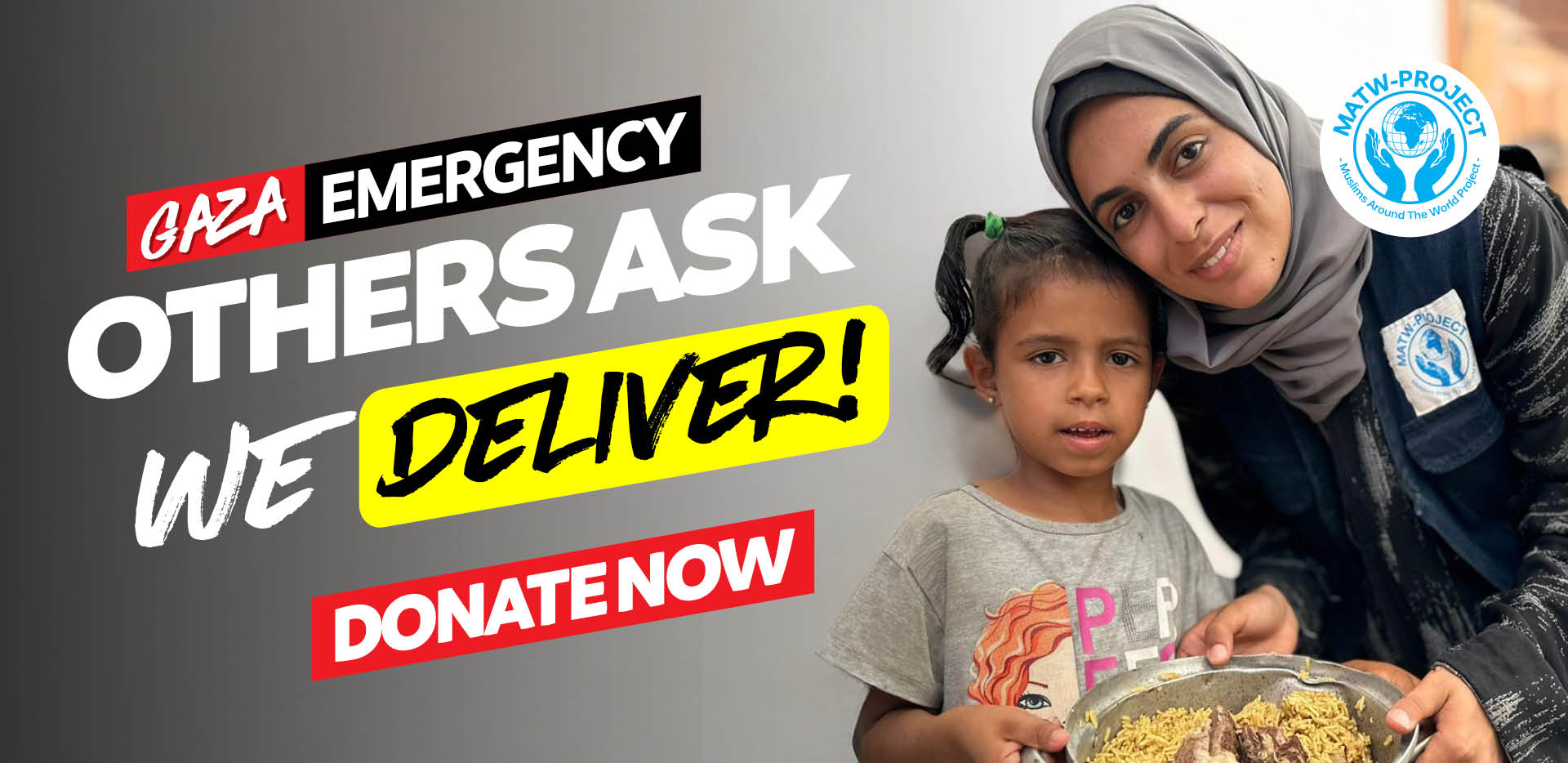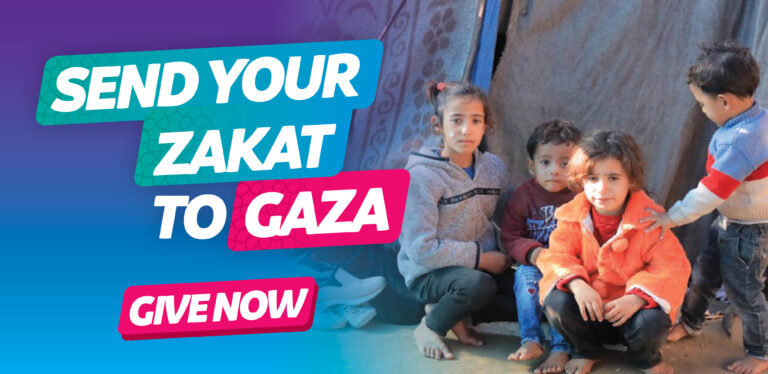Zakat is one of the five foundational pillars of Islam, acting as both a religious obligation and a means to promote social justice and wealth redistribution. Its primary purpose is to support those in need while purifying the wealth of Muslims. This article takes a closer look into how to calculate Zakat on one Tola of gold and explores the historical and spiritual significance of this crucial act of charity.
What is Zakat?
Before diving into the calculation specifics, it’s important to understand the broader context of Zakat. In Arabic, Zakat means “purification” or “growth.” It is considered a divine duty to cleanse wealth and souls. The act of giving Zakat ensures that wealth is shared with those less fortunate, fostering social equity and economic balance.
Zakat is due on various forms of wealth, including cash, property, livestock, and precious metals like gold. The prescribed rate of Zakat is 2.5% of qualifying assets that have been in your possession for at least one lunar year, provided they meet or exceed the Nisab threshold, the minimum amount of wealth that makes one liable to pay Zakat.
The Historical Significance of Zakat
Historically, Zakat has been an integral part of Islamic society since the time of the Prophet Muhammad SAW. It served as a form of social security and a safety net for the less privileged, ensuring that wealth circulated within the community. The early Islamic state would collect Zakat in various forms and distribute it to categories such as the poor, orphans, widows, and others in need, fostering a sense of unity and mutual responsibility among Muslims.
Even today, Zakat plays a vital role in Islamic economies, helping to address income disparities and alleviate poverty. While individual Muslims are responsible for calculating and paying their Zakat, many modern institutions and charities now help collect and distribute it effectively.
What is a Tola?
The term “Tola” is commonly used in South Asian countries to measure gold. One Tola is equal to 11.66 grams. Gold, being a high-value commodity, often serves as a significant part of wealth holdings, especially in societies where it’s considered a reliable form of savings.
When it comes to paying Zakat on gold, the Nisab threshold is set at 87.48 grams of gold, which means if your gold holdings meet or exceed this amount and have been in your possession for a lunar year, Zakat becomes obligatory.
How to Calculate Zakat on One Tola of Gold
Calculating Zakat on gold, including one Tola, is relatively straightforward. Here’s a step-by-step process:
1. Determine the current price of gold per gram: This is crucial because gold prices fluctuate daily. You can check the market value through financial platforms or a jeweller.
Example: If the current price of 1 gram of gold is $60, then one Tola (11.66 grams) is worth 11.66 grams × 60 USD/gram = 699.6 USD
2. Calculate the Zakat at 2.5% of the gold’s total value: 699.6 × 0.025 = 17.49USD
Thus, if you own one Tola of gold valued at $699.6, you would owe $17.49 in Zakat.
Accounting for Fluctuations in Gold Prices
It’s important to note that gold prices can fluctuate considerably throughout the year. The value of your gold when calculating Zakat should be based on the current market price on the day you choose to pay Zakat. Many people choose to pay Zakat during the month of Ramadan for spiritual reasons, but it is permissible to calculate and pay Zakat at any time of the year as long as one lunar year has passed on your wealth.
What Happens if You Miss Paying Zakat?
If, for any reason, you missed paying Zakat in previous years, Islamic law requires you to calculate and make up for the missed payments. The missed Zakat is calculated based on the value of gold during the specific year you were supposed to pay it. Historical prices can be referenced through financial records, or you can consult with a jeweller to obtain past rates.
For example, if you possessed one Tola of gold for several years and missed paying Zakat, you would need to calculate the Zakat based on the gold’s value in each missed year. Suppose in 2020, the price of gold was $50 per gram, and in 2021, it was $55 per gram. Your Zakat calculation would reflect these variations, ensuring that each year’s wealth purification is accurate.
The Broader Impact of Zakat on Gold
Gold, being a significant and high-value asset, often forms a considerable portion of wealth in many Muslim households. By giving Zakat on gold, one ensures that this wealth is not hoarded but rather circulated to benefit those in need.
In societies where gold is considered a reliable store of value, especially in uncertain economic conditions, the act of paying Zakat for it becomes even more significant. It prevents wealth accumulation from leading to societal imbalance and helps alleviate the struggles of the underprivileged.
Purifying Wealth and Strengthening Community
Zakat isn’t just a tax or a financial obligation; it’s an act of worship. Its importance in the Islamic faith extends beyond mere calculations—it serves to purify the heart from greed and attachment to material wealth. Moreover, it fosters a sense of community and responsibility, ensuring that wealth is redistributed in a way that uplifts society.
For those who can afford gold, Zakat provides an opportunity to give back and help those who are less fortunate. It also serves as a reminder that wealth is a trust from God, and part of fulfilling that trust is using it in ways that benefit others.
Conclusion
Zakat on gold, including one Tola, is an obligation that purifies wealth and supports those in need. By calculating Zakat based on the current gold prices and paying 2.5% of the gold’s value annually, you can fulfil this important pillar of Islam. More than a financial duty, Zakat on gold reinforces the values of compassion, charity, and social responsibility, contributing to a more just and equitable society.








 AUD
AUD
 GBP
GBP
 EUR
EUR
 CAD
CAD
 SGD
SGD
 MYR
MYR


